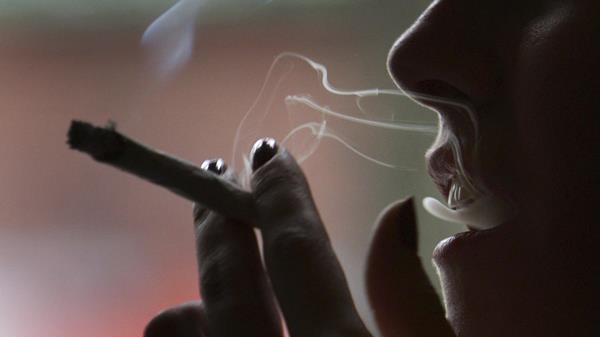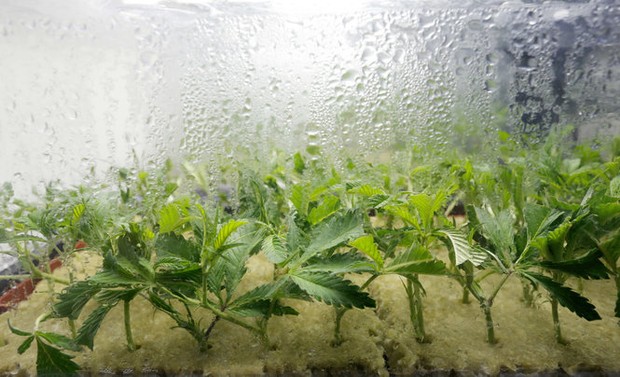Talking to your teenager about risks associated with marijuana use can be challenging, especially since it’s become a part of our pop culture.
But talking with kids early and knowing the signs that they might be experimenting are important.
“Many times there may be no signs at all,” says Dr. Timothy Murphy, who works in adolescent medicine with Mosaic Life Care. “That is to say no physical signs that you would see. The effect of marijuana, the high or the pleasant effect, whatever they’re looking, for tends to last maybe three to four hours and then it’s gone.”He says if you see a lot of red eyes or an unusual increase in appetite, those could indictate a problem. A sign of longer-term use would be a decrease in motivation.
Experts with the Environmental Resource Council say often, but not always, those who use marijuana regularly have trouble with schoolwork and employment, have little interest in social activities and live in a state of detachment.
Parents should talk with kids about drugs well before they hit their teen years.
“When they’re fairly young, about 8, maybe 9, years old at the latest, begin a conversation about it,” Murphy says. “If you wait until the teen years, the teen is already going to be quite familiar with it. Marijuana is part of the culture today.”
He says the drug’s prevalence is probably higher than most parents realize. Among the kids he encounters, the utilization rate is somewhere around 60 percent or more who have tried it. In terms of regular use, he says the number is as much as 40 percent.
“Heavy use would be five or more joints a week,” Murphy says. “I would have the conversation simply because there are a lot of aspects of this to look at. During the time it’s being used, like any intoxicant, judgement is impaired during that time.”
He says the jury is still out regarding long-term effects. The biggest concern in the teen years is that the adolescent brain is not finished growing or developing.
According to experts with Partnership For Drug Free Kids, evidence has shown that marijuana use during the teen years could interfere with aspects of functioning and well-being. Even the occasional use of pot can cause teens to engage in risky behavior, find themselves in vulnerable situations and make bad choices while under the influence.
According to the Environmental Resource Council, the essence of the marijuana high involves an inability to judge time, an enhanced sense of well-being and an inability to think normally. Due to a scrambled sense of timing and lack of concentration, driving while high is likely the greatest direct risk to the user and the community.
“The thing I would want to know is, are you using this recreationally,” Murphy says. “Are you actually self medicating with this because you are depressed or anxious? What is your goal in using this? Are you just curious?”
He says curiosity isn’t going to be the reason for heavy use. It could be purely recreational. It could be peers. A teen’s peer group could be the influence. Parents need to know that marijuana is embedded in the culture now. There are many people who feel it should be legalized for recreational and medical use.
“I think if you immediately jump down their throat, as a parent it’s what you tend to want to do,” says Murphy. “As much as you feel justified in doing that, it’s not going to be productive. I’m not saying you don’t hold the kid to a standard and have consequences. You need to step back and realize as soon as you do that they’re going to cut you off and shut you out.”
credit:newspressnow.com








